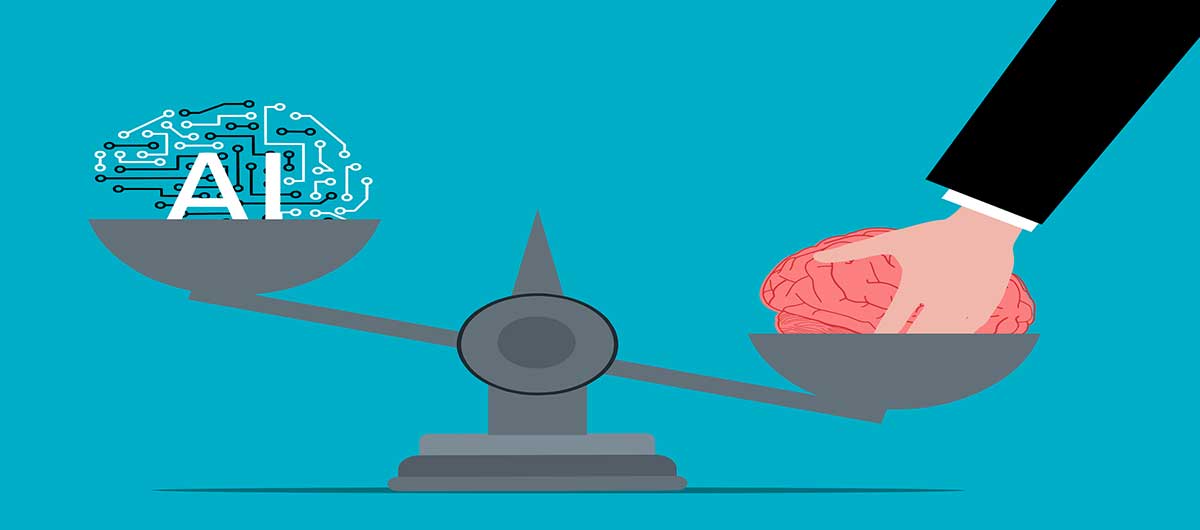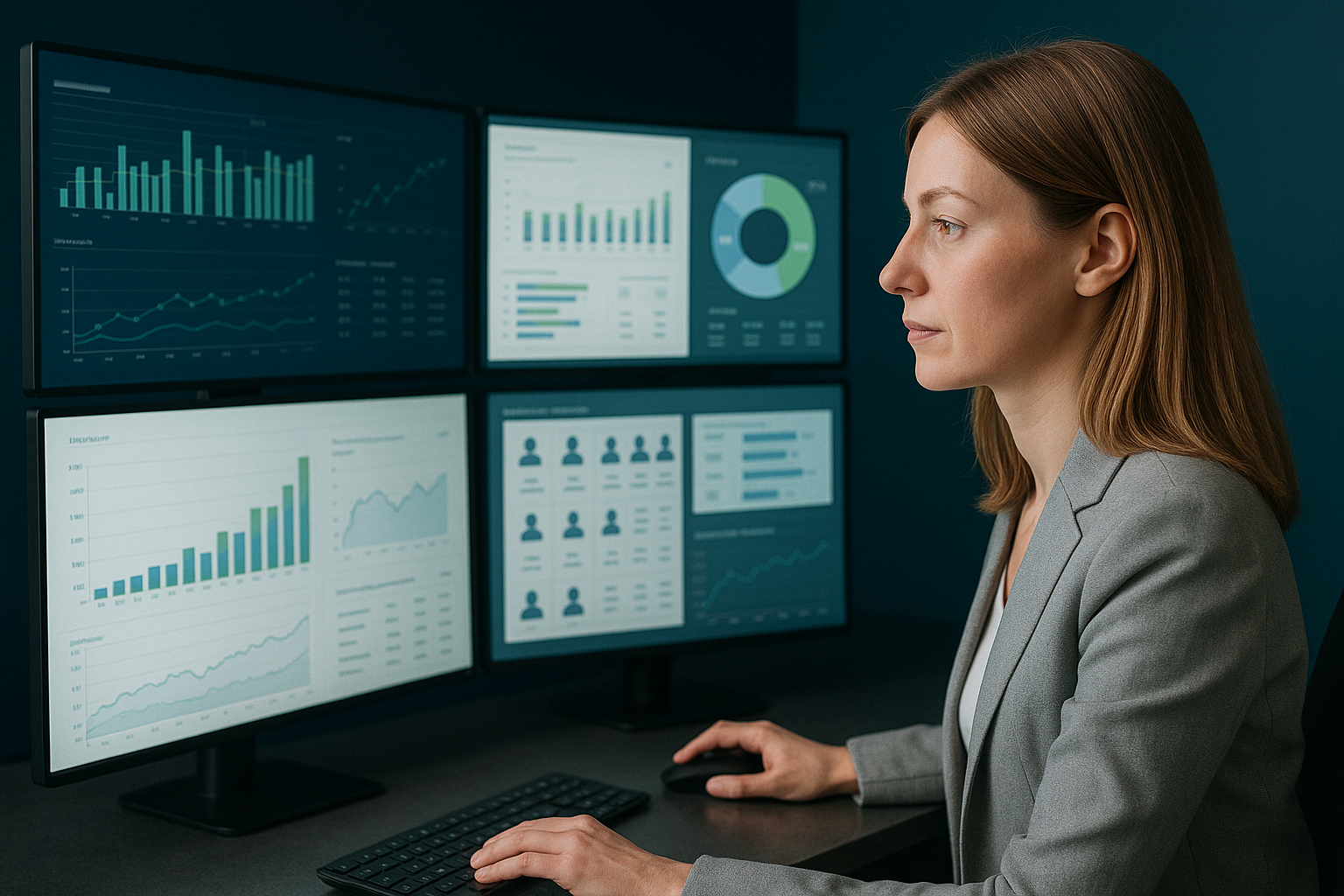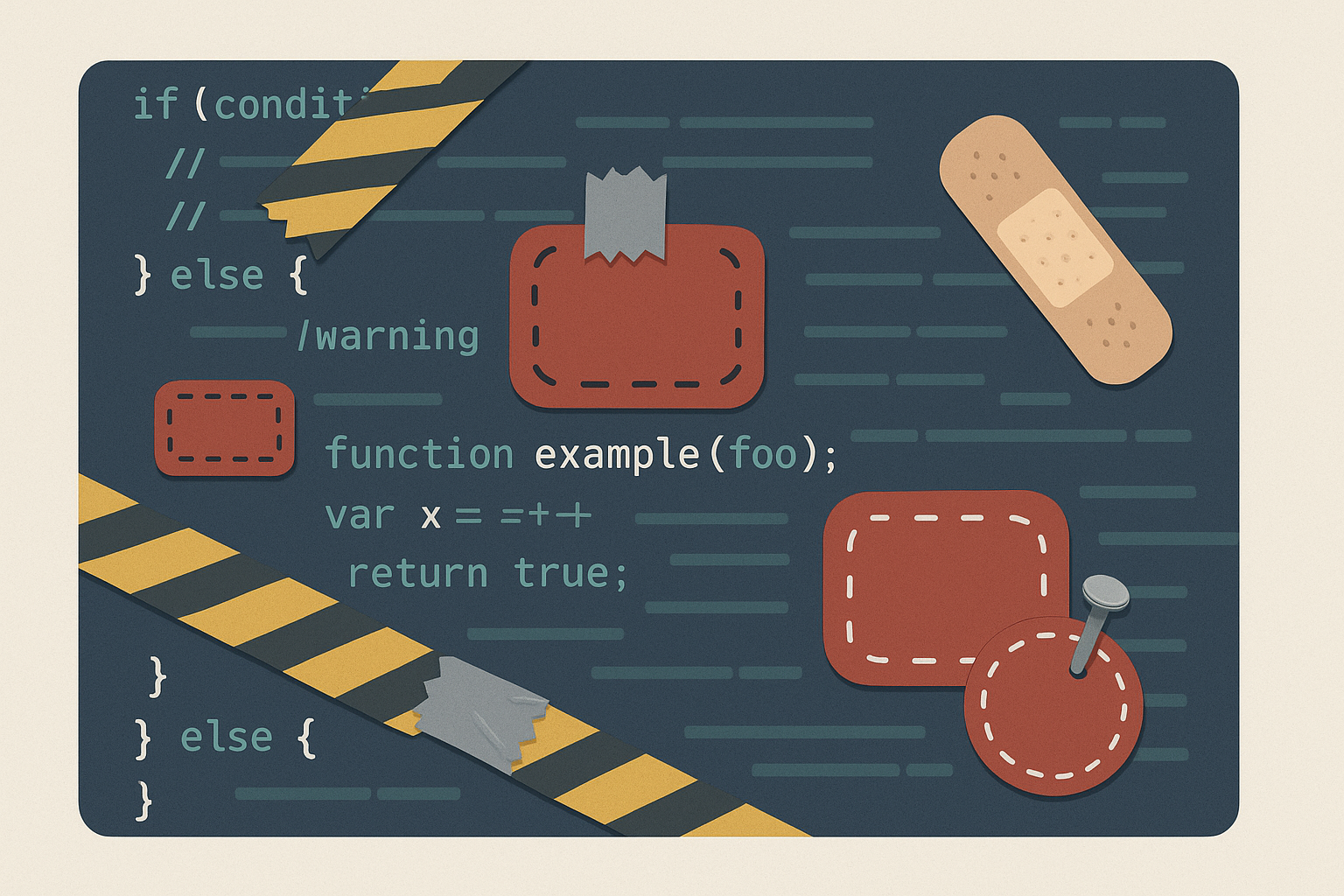Training artificial intelligence (AI) models requires massive amounts of data — much of it copyrighted. Books, news articles, music, images, and databases are being used without explicit permission, which has sparked a wave of lawsuits. At the heart of the debate: is this legal under the “fair use” doctrine, or is it straight-up copyright infringement?
U.S.: divided rulings and the fair use doctrine
The U.S. legal system relies on the concept of “fair use”, which allows the use of protected works without permission if it meets certain criteria:
- Transformative or educational purpose
- Only a limited portion of the work is used
- The nature of the original work
- The use doesn’t hurt the market value of the original
This principle has played a key role in recent rulings:
- Anthropic was sued by writers like Andrea Bartz for training its AI Claude with pirated books. A judge found the use of legally purchased works to be transformative, but not the use of illegally downloaded material. A preliminary settlement was reached in August 2025.
- Meta (Facebook) won a lawsuit over the use of protected books, with the court finding that its LLaMA model sufficiently transformed the original content.
- In contrast, OpenAI and Microsoft are facing an ongoing lawsuit from the New York Times for using news articles without permission.
Other noteworthy cases include:
- ROSS Intelligence, for using the Westlaw database without a license.
- Midjourney, sued by Disney and Universal Music for using films and songs.
Europe: ethical, regulatory, and preventive approach
Unlike the U.S., the European Union (EU) has opted for a more structured and protective legal framework. In 2024, it approved the first Artificial Intelligence Regulation, which governs the use of AI based on its risk level and impact on fundamental rights.
Key principles of the European approach:
- Transparency: Companies must declare which protected works were used to train the models.
- Mandatory consent: The use of protected content without express authorization is not allowed.
- Proactive protection: The EU seeks to prevent abuse from the design stage of systems.
- Centralized oversight by the European Commission.
A significant case is the preliminary question admitted by the Court of Justice of the European Union (CJEU) on generative AI. If the ruling requires companies to disclose the data used, it will mark a turning point in legal protection for European creators.
In addition, the European Parliament has proposed that if a company does not explicitly declare which data it used, it should automatically be presumed to have committed a copyright violation.
Emerging risks: blackmail and malicious use of AI
Beyond the courts, cases of digital extortion related to AI training are starting to surface. A worrying example was the attack on the Artists&Clients platform, where hackers threatened to use stolen illustrations to train AI models unless a ransom was paid.
This type of blackmail marks a new form of pressure in the digital environment. Training models with stolen or unlicensed content is not only a legal or ethical problem, but also a cybersecurity vulnerability.
These cases reinforce the need for strong regulatory frameworks, like the European one, which require data traceability, protection of creators, and institutional oversight.
The use of protected works to train AI raises a global legal and ethical dilemma. While the United States allows more flexible uses under the fair use doctrine, Europe positions itself as a defender of copyright, demanding transparency, consent, and respect for creative work. The emergence of new threats such as digital blackmail shows that regulation isn’t optional — it’s urgent.






